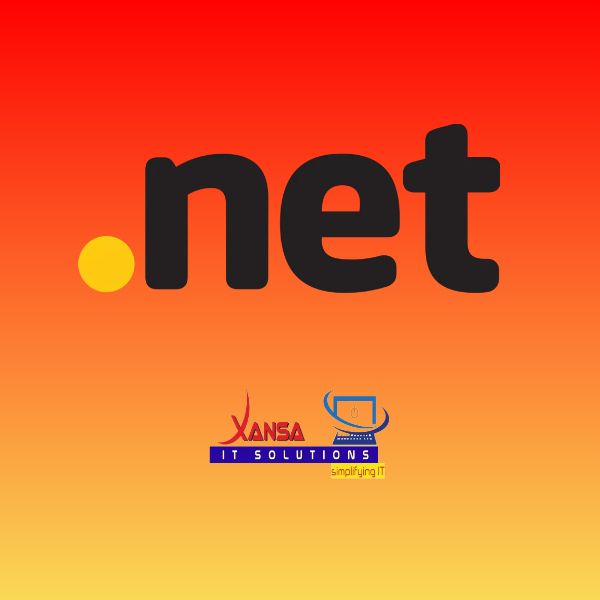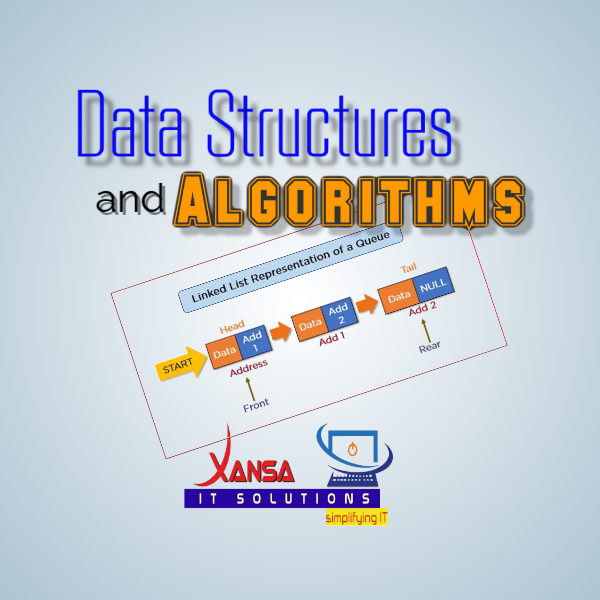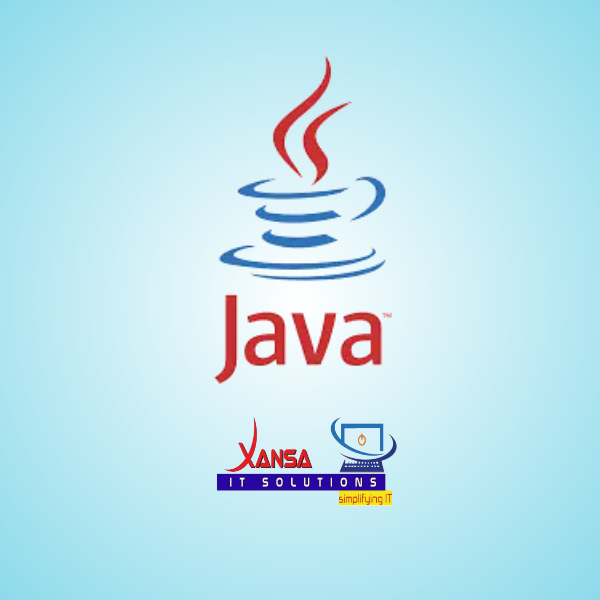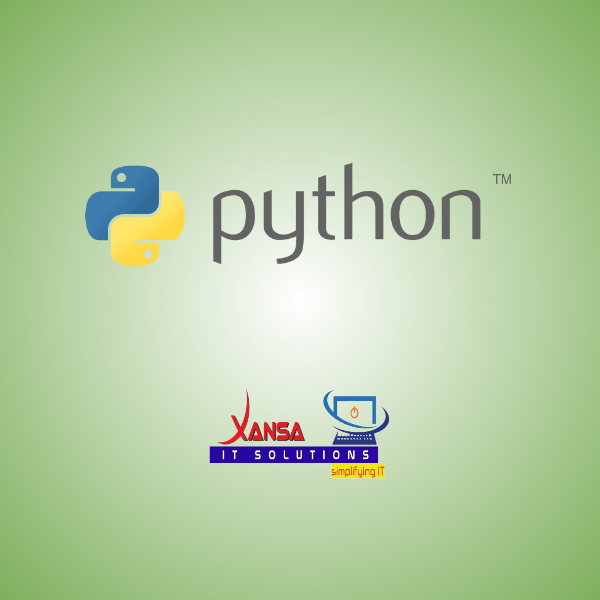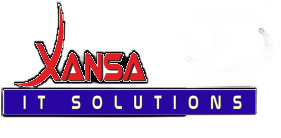Programming Courses - Advanced
About Us
Xansa IT Solutions
Download Catalog
Course Name: Build Web Applications using Spring Boots
- Duration: 60 Hours each
- Who Should Do This: Aspiring Backend Developers, Java Developers transitioning to Spring Boot, Final-year students or working professionals who want to build scalable web applications, Anyone interested in REST APIs and enterprise web development.
- Prerequisites: Strong understanding of Java fundamentals, Familiarity with OOP, Exception Handling, Collections, and JDBC, Basic knowledge of HTML/CSS and SQL.
- Career Options After Learning: Spring Boot Developer, Java Backend Developer, REST API Developer, Full Stack Developer (with Frontend skills), Software Engineer – Java/Spring.
- Road Map:
- Spring Boot Basics
- REST APIs with Spring Boot
- Data Persistence with Spring Data JPA
- Introduction to ORM and Hibernate
- Advanced API Features
- Exception Handling
- Security and Testing
- Final Capstone Project and Deployment
Course Name: Build Dynamic Websites using ASP.NET
- Duration: 90 Hours
- Who Should Do This: Beginners in web development with basic programming knowledge. Students or professionals looking to learn dynamic website development using Microsoft technologies. Developers familiar with HTML/CSS who want to explore ASP.NET.
- Prerequisites: Basic understanding of HTML, CSS, and JavaScript. Familiarity with C# programming (optional but helpful). Visual Studio installed (or Visual Studio Code with required extensions).
- Career Options After Learning: Java Developer, Android Developer, Backend Developer.
- Road Map:
- Introduction to ASP.NET
- C# Basics Refresher
- Web Forms & Page Lifecycle
- ASP.NET Controls
- Database Connectivity (ADO.NET)
- ASP.NET MVC (Optional Advanced Module)
- Security Authentication, Authorization, Forms Authentication
- Hosting & Deployment Deploying on IIS or Azure, Web.config settings
- Capstone Project - dynamic website
Course Name: Comprehensive Android App Development
- Duration: 180 Hours
- Who Should Do This: Beginners and students passionate about creating mobile apps. Developers seeking to specialize in Android app development. Entrepreneurs and tech enthusiasts who want to build their own apps.
- Prerequisites: Basic understanding of programming concepts (Java or Kotlin preferred). Familiarity with object-oriented programming is advantageous but not mandatory.
- Career Options After Learning: Android App Developer, Mobile App Designer, Freelance App Developer, Software Engineer specializing in mobile solutions
- Road Map:
- Fundamentals of Android Development : Introduction to Android Studio and development environment setup.
- Basics of Java/Kotlin for Android.
- Understanding Android architecture and components.
- UI/UX design fundamentals (layouts, views, themes).
- Core Android Development : Activity lifecycle and fragment management.
- Event handling and navigation patterns.
- Data storage and management (SQLite, SharedPreferences).
- API integration and consuming web services (REST APIs).
- Advanced Android Features : Push notifications and background tasks.
- Animations and custom views.
- Working with location-based services and Google Maps.
- Security best practices for Android apps.
- Final Project and Deployment : Design and develop a fully functional Android app, Testing and debugging. App deployment on the Google Play Store.
Course Name: Data Structures and Algorithms
- Duration: 90 Hours
- Who Should Do This: Students preparing for competitive programming or technical interviews.
Programmers who want to enhance their problem-solving skills. - Prerequisites: Basic knowledge of any programming language (C, C++, Java, or Python).
Logical thinking and a basic understanding of algorithms - Career Options After Learning: Software Developer, Algorithm Engineer, Competitive Programmer, Technical Interview Coach.
- Road Map:
- Introduction to DSA: Why it matters in programming.
- Arrays, Strings, and Linked Lists.
- Basic Searching (Linear Search, Binary Search) and Sorting (Bubble Sort, Quick Sort).
- Stacks and Queues: Applications and implementations.
- Recursion: Understanding and solving problems recursively.
- Trees: Binary Trees, Binary Search Trees, and Tree Traversals.
- Graphs: Representation, BFS, DFS, and shortest path algorithms (Dijkstra’s, Floyd-Warshall).
- Advanced Searching and Sorting algorithms.
- Dynamic Programming: Problem-solving and memoization techniques.
- Hashing and Hashmaps.
- Advanced Data Structures: Tries, Heaps, Segment Trees, and Disjoint Set Union (DSU).
- Final Project: Solve a real-world problem using efficient algorithms and data structures.

